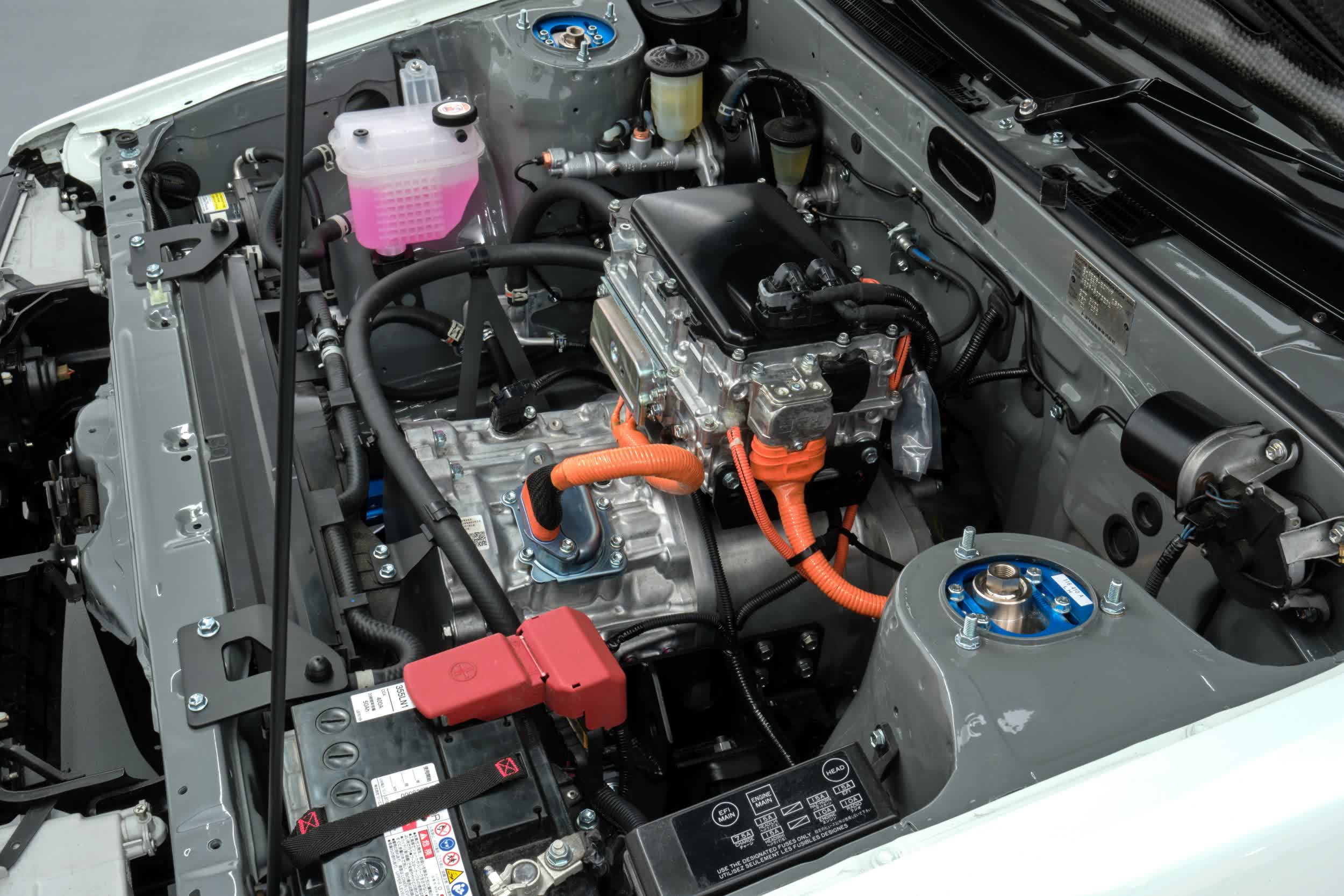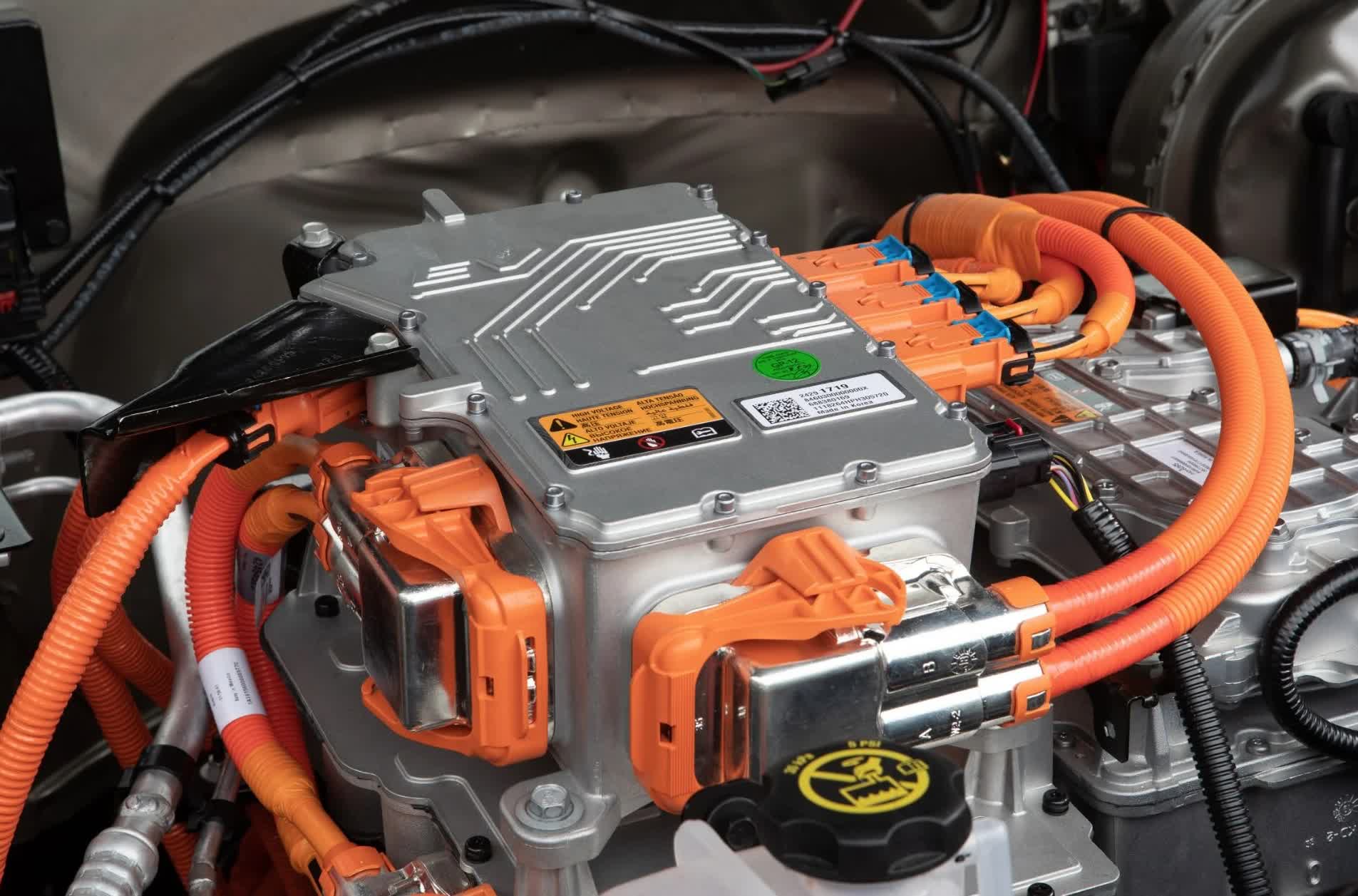Forward-looking: Come hell or high water, EVs are likely going to replace combustion-powered vehicles in the not-too-distant future. One pressing question still unaddressed is, what to do with the many millions of traditionally fueled autos already on the roads and those that'll remain in service for decades to come. One solution already being explored by enthusiasts is conversion - that is, removing the petrol-based power plant from existing vehicles and replacing them with electric motors and batteries.
We have profiled several gas-to-electric builds over the years including this all-electric 1968 Mustang, a 1980 Toyota Celica transformation done by a teenager and a classic Ferrari owner that traded out the Italian engine for an electric powerplant but as The Guardian highlights, this route has and will likely continue to be limited to those with deep pockets for a while longer.
Zelectric Motors, a San Diego firm that specializes in electrifying classic Porsches and Volkswagens, notes on its website that conversions start around $78,000 and can scale to well over $100,000. CEO David Benardo told the publication that electric conversions are expensive in part because - at least today - they are done on a case by case basis.
"It's not a $5,000 to $10,000 retrofit that's going to save your old car," he added.
The door is wide open for a major automaker to jump into the conversion game, but it may not make a ton of financial sense right now.
Chevrolet has been teasing a conversion package for years; with any luck, it will arrive sometime around the middle of 2023. Earlier this year, Toyota showcased a pair of AE86 concept vehicles that had been retrofitted with electric powerplants.


Most other automakers are focusing on transitioning new cars to electric power as that is no doubt where most of the money is to be had right now. And even then, manufacturers are struggling with production issues.
What does your long-term automotive roadmap look like? Have you made the jump to an EV yet or are you looking to hang on to a gas-powered vehicle for as long as possible?
